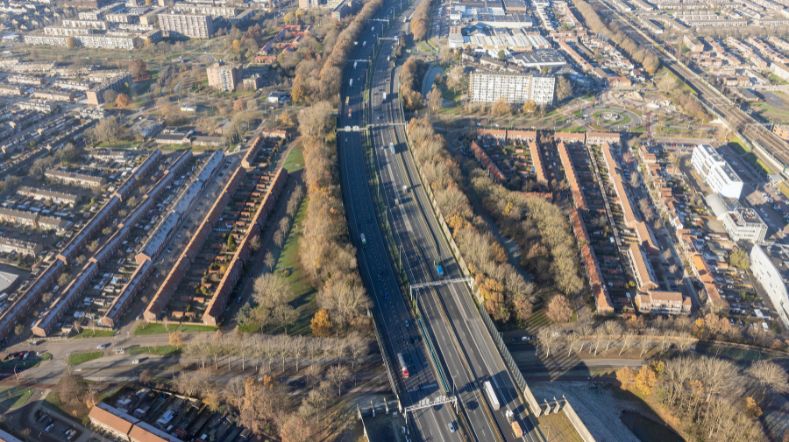Indoor particulate matter
In cooperation with
TKI Urban Energy
Cooking fumes don’t just cause unpleasant odours. They also contain particles smaller than 1 µm, which contribute to PM2.5, better known as particulate matter. Our field research in 9 homes shows that the concentration of particulate matter after cooking is much higher than the outdoor concentration. Cooking with gas also releases other substances such as nitrogen dioxide and carbon monoxide.
Report health effects from cooking on gas
Read more about the results of our research on the health effects of cooking on gas appliances in the EU and UK.
Cooking with gas increases risk of asthmatic symptoms
Cooking with gas releases various substances such as ultrafine particulate matter, nitrogen dioxide, and carbon monoxide when natural gas is burned. These substances are not good for our health and can lead to asthmatic symptoms, especially in children. But adults who already have lung problems may also experience additional symptoms. TNO research commissioned by CLASP shows that there may be as many as 70,000 children with self-reported asthma symptoms in the Netherlands.
So, it’s important to ensure that these substances don’t make their way into the kitchen and into the rest of the house. Possible solutions include switching to electric cooking and installing a good cooking extractor with an outlet to the outside. It’s important to switch on the extractor hood to a high setting as soon as the gas is turned on and only switch it off a few minutes after cooking is finished. If this isn’t possible, ensure the best possible natural ventilation during cooking, for example by opening a window. Of course, a good cooking extractor and/or natural ventilation also help to prevent or reduce cooking odours and remove and dilute particulate matter that may be released during frying.
Indoor particulate matter from frying food
Most indoor particulate matter is caused by frying meat or vegetables. It doesn’t matter whether you use a gas or an electric cooker. Ideally, you should remove the cooking fumes immediately with an extractor hood. Experiments in our laboratory have shown that good extraction requires a capacity of at least 300 m3/hour during cooking. In a number of houses that we measured, extraction capacity was only 40 m3/hour. Building regulations assume 75 m3/hour.
Revising building regulations
We advocate revising the design capacities for kitchen extraction in building regulations and/or setting additional requirements for cooking fume extraction. This is especially important for airtight, energy-efficient new-build homes where particulate matter can remain for hours. In the coming year, we’ll do research to identify a good solution that doesn’t compromise the energy efficiency of these homes. Possible solutions are:
- more efficient extractor hoods
- greater extraction capacity through wider extractor fan ducting
- smarter systems that can be customised to extract exactly what is needed and optimise energy performance
Exposure to ultrafine particulate matter mainly indoors and during cooking
Exposure to air pollution in the home is a major contributor to overall exposure. This was shown in another experiment that we carried out together with the Institute for Risk Assessment Sciences (IRAS), Utrecht University, and citizens initiative AiREAS. In this experiment, we followed people during their regular daily activities.
For 5 days, 12 people from Eindhoven wore a backpack containing portable sensors that measured the concentration of ultrafine particulate matter every minute and a GPS that determined their location and activity (walking, cycling, motorised transport, stationary). These people spent more than 90% of their time indoors, 80% of which was spent in their own homes.
Although the highest concentrations were found in traffic movements (cycling and motorised transport), around 90% of total exposure took place indoors. The indoor background level contributed the largest share to the total exposure and is probably mainly caused by outdoor sources, such as industry and traffic.
It was striking that a quarter to a third of total exposure to ultrafine particulate matter (particles smaller than 0.1 micrometre) occurred in only a small percentage of the time. These peaks were indoors, especially during and just after eating, and were probably caused by cooking. It was also found that indoor peaks lingered much longer than outdoor peaks, which occurred mainly during rush hour.
TKI Urban Energy has made a financial contribution, awarding a TKI (Topconsortia for Knowledge and Innovation) supplementary grant.
Get inspired
Making air healthier along busy roads




